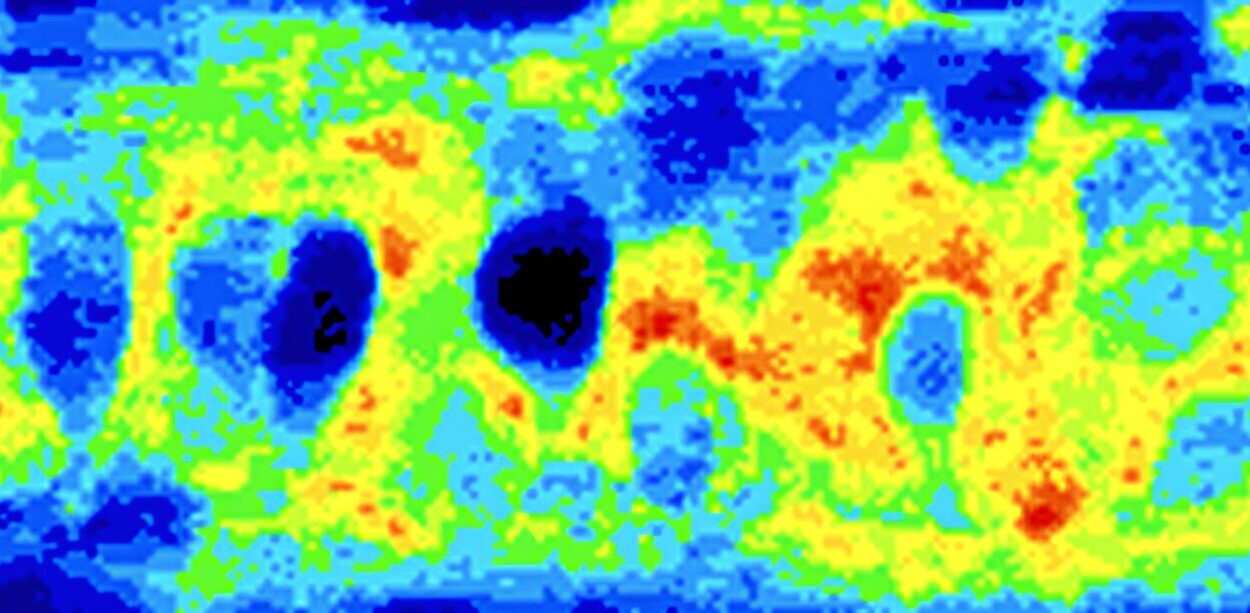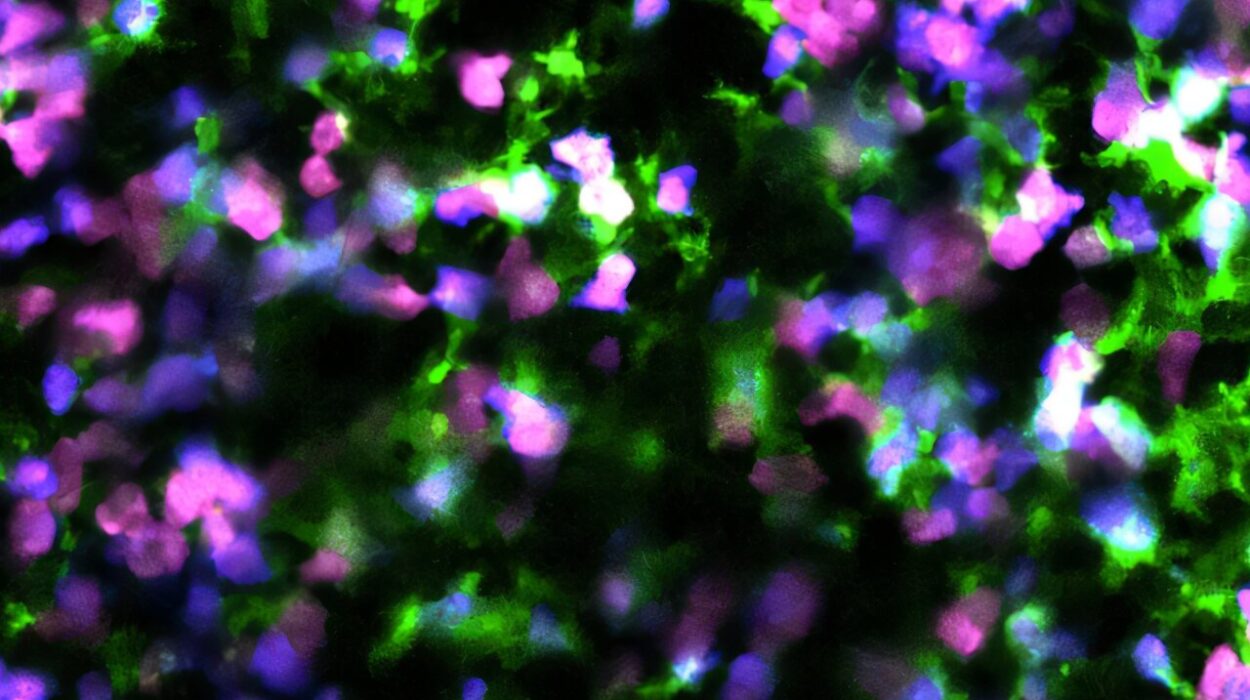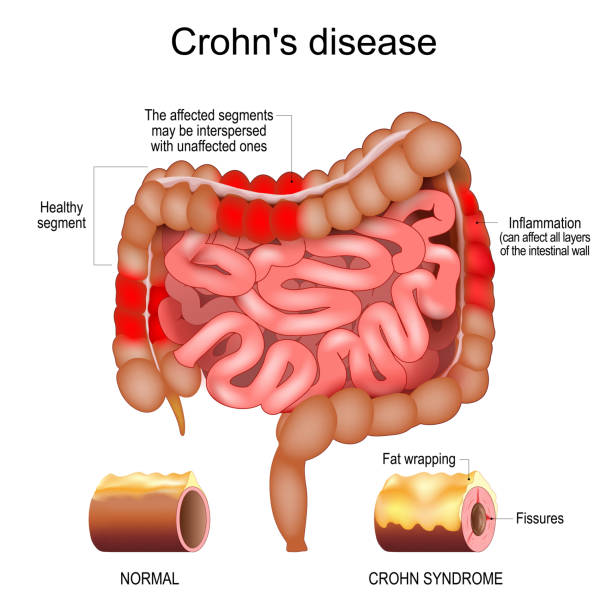Arthritis is often imagined as a condition that afflicts the elderly alone, but the reality is far more complex and widespread. It is one of the oldest documented diseases in human history, found even in the fossilized bones of dinosaurs and mummified remains of Egyptian pharaohs. Despite millennia of coexisting with humans, it continues to confound doctors, frustrate patients, and demand ongoing research. At its core, arthritis is not a single disease but a catch-all term for over 100 distinct disorders that affect the joints, tissues around the joints, and other connective tissues. These diseases share one thing in common—a lingering pain that affects how we move, work, and live.
To better understand arthritis, it’s essential to explore its many faces, how it develops, why it hurts, and what modern medicine and ancient wisdom offer to ease its burden. While the disease may appear to be all about aching joints, its impact reaches deep into the emotional, physical, and social realms of human life.
The Many Shapes of Joint Disease
The word arthritis means joint inflammation, but the term has grown far beyond its literal translation. The most common form is osteoarthritis, a degenerative condition resulting from the breakdown of cartilage—the protective cushion at the ends of bones. When this cartilage erodes, bones begin to grind against each other, producing pain, swelling, and loss of motion.
Another major form is rheumatoid arthritis, an autoimmune disease in which the body’s own immune system mistakenly attacks the lining of the joints. Unlike osteoarthritis, which is largely mechanical and often related to aging or injury, rheumatoid arthritis is systemic, chronic, and inflammatory. It can affect not just joints but organs, blood vessels, and other tissues.
There are also lesser-known but equally impactful types of arthritis such as psoriatic arthritis, which affects individuals with psoriasis; ankylosing spondylitis, a disease that targets the spine; and gout, which causes sudden attacks of pain due to the accumulation of uric acid crystals.
Each of these types carries its own unique pathology, symptom patterns, and treatment needs. What links them all is their disruption of one of the most fundamental aspects of our lives—mobility.
How Symptoms Begin to Speak
Symptoms of arthritis can arrive like a whisper or a roar. For some, the onset is subtle—an ache in the knee after a long walk, or stiffness in the fingers upon waking. For others, symptoms erupt suddenly, with joints becoming hot, swollen, and nearly immobile.
Pain is the most prominent feature, but it doesn’t always present in predictable ways. It can be sharp or dull, constant or intermittent, localized or widespread. Morning stiffness is a classic hallmark of inflammatory arthritis, often lasting longer than 30 minutes and gradually easing with movement. Osteoarthritis, on the other hand, tends to worsen with activity and improve with rest.
Swelling, redness, and reduced range of motion are common companions to joint pain. In autoimmune types, like rheumatoid arthritis or lupus-associated arthritis, symptoms may include fatigue, low-grade fever, and a general feeling of malaise. The inflammation is not confined to joints alone—it can manifest in the lungs, eyes, heart, and skin.
Some types of arthritis can lead to joint deformity over time. The knuckles may become enlarged, fingers may curve unnaturally, and joints may lock into painful positions. These physical changes not only cause pain but alter a person’s sense of identity and ability to function in everyday life.
The Complex Causes That Fuel the Fire
Arthritis does not have a single cause. Its origins are as diverse as the forms it takes. Osteoarthritis is primarily a wear-and-tear disease, influenced by age, genetics, repetitive stress, and past injuries. But it’s not just a result of “getting older.” Some people in their 80s have no symptoms at all, while others develop it in their 30s. Genetics, body mechanics, and lifestyle all play important roles.
In inflammatory forms like rheumatoid arthritis, the cause lies in the immune system. Something—possibly an infection, environmental trigger, or genetic predisposition—leads the body to misidentify its own joint tissues as foreign invaders. The immune system responds with an onslaught of inflammatory chemicals, which not only damage the joints but can also spread to other organs.
Gout introduces yet another mechanism. Here, the villain is uric acid—a waste product of purine metabolism. When the body produces too much uric acid or fails to excrete it properly, needle-like crystals accumulate in joints, triggering excruciating attacks.
Obesity is a common risk factor across many types of arthritis. Excess weight increases mechanical stress on weight-bearing joints like the knees and hips, but it also promotes systemic inflammation. Fat tissue is metabolically active and secretes pro-inflammatory substances, making obesity both a mechanical and biochemical risk.
Infections, hormones, and even gut microbiota are being increasingly recognized for their roles in initiating or aggravating arthritis. Some forms, like reactive arthritis, are directly linked to bacterial infections. Others are influenced by hormonal changes, especially in women after menopause. The emerging field of microbiome research suggests that imbalances in gut bacteria may affect immune responses and joint health, opening new avenues for understanding and treatment.
Diagnosis in the Language of Tests and Imaging
Diagnosing arthritis begins with a story—the patient’s narrative of pain, stiffness, and limitation. Doctors listen for clues in the timing, location, and character of symptoms. But beyond the story, they rely on physical examinations, laboratory tests, and imaging studies to reveal the nature of the disease.
X-rays can show bone damage, joint space narrowing, and the presence of osteophytes (bone spurs) typical of osteoarthritis. MRI and ultrasound provide detailed images of soft tissues, revealing inflammation, cartilage loss, and early joint erosion.
Blood tests are crucial for identifying autoimmune forms. Markers like rheumatoid factor (RF), anti-cyclic citrullinated peptide (anti-CCP) antibodies, and elevated C-reactive protein (CRP) or erythrocyte sedimentation rate (ESR) help diagnose and monitor disease activity. In gout, a blood test may reveal high levels of uric acid, though a definitive diagnosis often comes from analyzing joint fluid for urate crystals.
Accurate diagnosis is critical not only for treatment but for prognosis. Early and aggressive treatment of inflammatory arthritis can prevent permanent joint damage. Delay, on the other hand, can mean the difference between preservation and disability.
Treatment That Ranges From Ancient Roots to Modern Medicine
The treatment of arthritis is as old as the disease itself. Ancient civilizations used herbal remedies, thermal baths, and acupuncture to soothe joint pain. While some of these methods still offer relief today, modern medicine has radically expanded the arsenal of options.
For osteoarthritis, treatment often starts with lifestyle changes—weight loss, exercise, and physical therapy. Movement may seem counterintuitive when joints hurt, but targeted activity strengthens muscles, improves range of motion, and reduces stiffness. Pain relief may come from over-the-counter medications like acetaminophen or nonsteroidal anti-inflammatory drugs (NSAIDs). In more severe cases, corticosteroid injections or hyaluronic acid injections may be used to reduce pain and improve joint function.
When it comes to autoimmune arthritis, the treatment is more complex. Disease-modifying antirheumatic drugs (DMARDs) such as methotrexate slow or stop the immune system’s attack on joints. Biologic agents—engineered antibodies or proteins that target specific parts of the immune system—have revolutionized treatment. Tumor necrosis factor (TNF) inhibitors, interleukin blockers, and Janus kinase (JAK) inhibitors offer targeted approaches with remarkable results in many patients.
In gout, medications like allopurinol lower uric acid levels, while acute attacks are treated with colchicine or corticosteroids. Lifestyle changes such as reducing alcohol and purine-rich foods (like red meat and shellfish) also play a key role.
Surgery remains an option when joints are too damaged to function. Joint replacement—especially of hips and knees—can restore mobility and relieve pain, offering a new lease on life. But as with any major procedure, risks must be weighed against potential benefits.
The Role of Diet and the Hidden Chemistry of Food
The old adage “you are what you eat” holds special significance for people with arthritis. While there is no single anti-arthritis diet, growing research suggests that food choices can significantly influence symptoms, especially in inflammatory types.
Diets rich in omega-3 fatty acids—found in fatty fish like salmon and sardines—can help reduce inflammation. The Mediterranean diet, abundant in fruits, vegetables, whole grains, and healthy fats, is often recommended for its anti-inflammatory effects. Antioxidants like vitamin C and E may help combat oxidative stress in joints.
Conversely, processed foods, sugary beverages, and red meats may worsen symptoms by promoting inflammation. In gout, purine-rich foods and alcohol are known to trigger attacks. Some people with autoimmune arthritis may have sensitivities to gluten or dairy, though evidence remains mixed.
Supplements such as glucosamine, chondroitin, and turmeric are popular, but results vary. While some users report benefits, large-scale studies often show only modest improvements, if any. As with all treatments, what works for one person may not work for another—individual response, dosage, and underlying disease type all matter.
The Emotional Weight of Chronic Pain
Arthritis doesn’t just wear down cartilage—it wears down patience, confidence, and spirit. Chronic pain is not only a physical burden but a psychological one. Depression and anxiety are common among people with arthritis, especially when mobility is limited or when flares disrupt daily life.
Social isolation, fatigue, and the unpredictability of symptoms can create a sense of helplessness. For some, arthritis may mean giving up beloved hobbies or careers. Others may face stigmatization, especially if they appear “fine” on the outside while silently battling pain.
Mental health support is vital. Cognitive behavioral therapy (CBT), mindfulness-based stress reduction (MBSR), and support groups can help patients build resilience and find meaning amid the struggle. Treating arthritis means treating the whole person, not just their joints.
The Promise of Research and the Future of Joint Care
The future of arthritis care is brimming with possibility. Advances in immunology, genetics, and biotechnology are redefining our understanding of inflammation and autoimmunity. Personalized medicine is becoming a reality, where genetic profiles and biomarker testing guide individualized treatment plans.
New biologic agents and small-molecule drugs are being developed to target the immune system more precisely, reducing side effects while enhancing effectiveness. Gene editing tools like CRISPR may one day allow us to correct genetic defects that predispose people to autoimmune arthritis.
Stem cell therapy and tissue engineering are being explored as ways to regenerate damaged cartilage and potentially reverse joint damage. While still in experimental stages, these approaches offer hope for a future where joint replacement becomes less necessary.
Digital technology is also changing the landscape. Wearable devices can monitor joint activity and pain, while apps help patients track symptoms and medication. Telemedicine expands access to rheumatologists, particularly in rural or underserved areas.
Living Well With Arthritis Despite the Challenge
While a cure for arthritis remains elusive, millions of people live full and meaningful lives with the disease. Education, proactive care, and a supportive medical team make all the difference. Managing arthritis often requires a long-term, multidisciplinary approach involving physicians, physical therapists, occupational therapists, dietitians, and mental health professionals.
Patients are no longer passive recipients of care—they are empowered partners in managing their condition. Through knowledge, advocacy, and innovation, the narrative of arthritis is slowly being rewritten from one of inevitable decline to one of resilience and adaptation.






